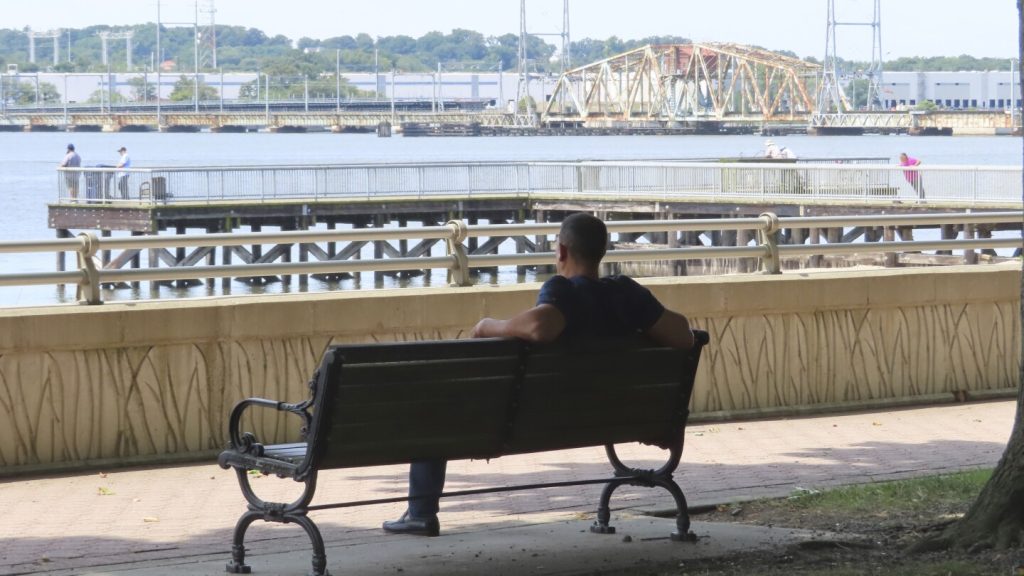The federal government is providing more than $575 million to coastal communities to implement nature-based preventative measures to combat climate-related flooding and other disasters. The projects will focus on Native American, urban, and traditionally underserved communities that are vulnerable to repeated floods, wildfires, and other weather-related disasters. U.S. Secretary of Commerce Gina Raimondo highlighted the importance of increasing the resilience of America’s coastal communities to the impacts of climate change. Some of the projects include “living shorelines” in New Jersey, sidewalk replacements with permeable pavement, planting vegetation on buildings to absorb heat, and creating parks in flood-prone areas to absorb floodwaters.
The funding will support a variety of projects across several states, including climate risk assessments for over 100 Native communities in Alaska, expanding tribal adaptation technical assistance in states, and utilizing nature-based solutions to protect California’s Monterrey Bay, establish native forests to reduce wildfire risk in Hawaii, and open spaces on Rhode Island’s Aquidneck Island. Officials from NOAA and the U.S. Commerce Department held a press conference in New Jersey to outline the planned work, emphasizing the urgency of addressing climate change impacts and investing in community resilience. New Jersey’s environmental protection commissioner highlighted the need for federal action and investment in response to routine flooding that displaces families from their homes.
The funding is part of NOAA’s Climate Resilience Regional Challenge funded by the Inflation Reduction Act. Environmental groups have advocated for natural coastal protection measures over hard engineering solutions like sea walls and bulkheads, arguing that the latter can worsen erosion by disrupting sediment flow. Coastal communities are exploring a combination of nature-based and engineered solutions to enhance shore protection where natural methods alone are insufficient. Innovative projects, such as using coconut husk fibers in mats to stabilize eroding shorelines, demonstrate the potential of nature-based approaches to address coastal challenges. U.S. Rep Frank Pallone Jr. noted that some projects will incorporate rain gardens, green roofs, and permeable pavement to absorb rainwater and storm surges, reducing pressure on overwhelmed sewers.
The allocation of significant federal funding for nature-based resilience projects underscores the growing recognition of the importance of proactive measures to address climate impacts. By prioritizing the protection of vulnerable communities and ecosystems through sustainable and natural solutions, the government aims to enhance the resilience of coastal areas to climate-related disasters. The combination of traditional knowledge, local expertise, and innovative approaches will play a key role in managing the threats posed by climate change and protecting the environment for future generations. As coastal communities continue to face mounting challenges from extreme weather events, investments in nature-based solutions offer a promising path towards building a more resilient and sustainable future.


